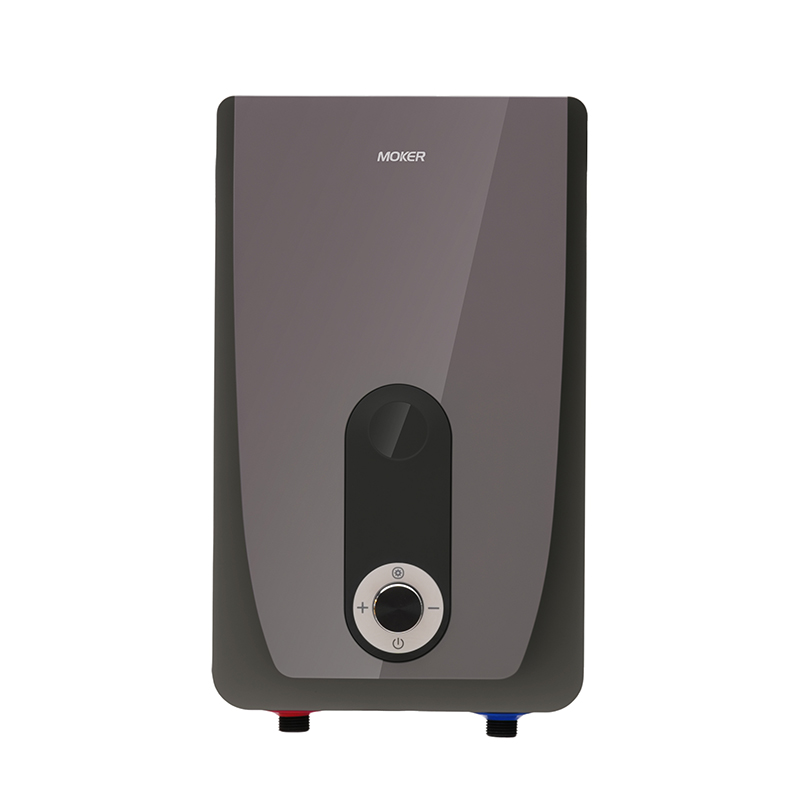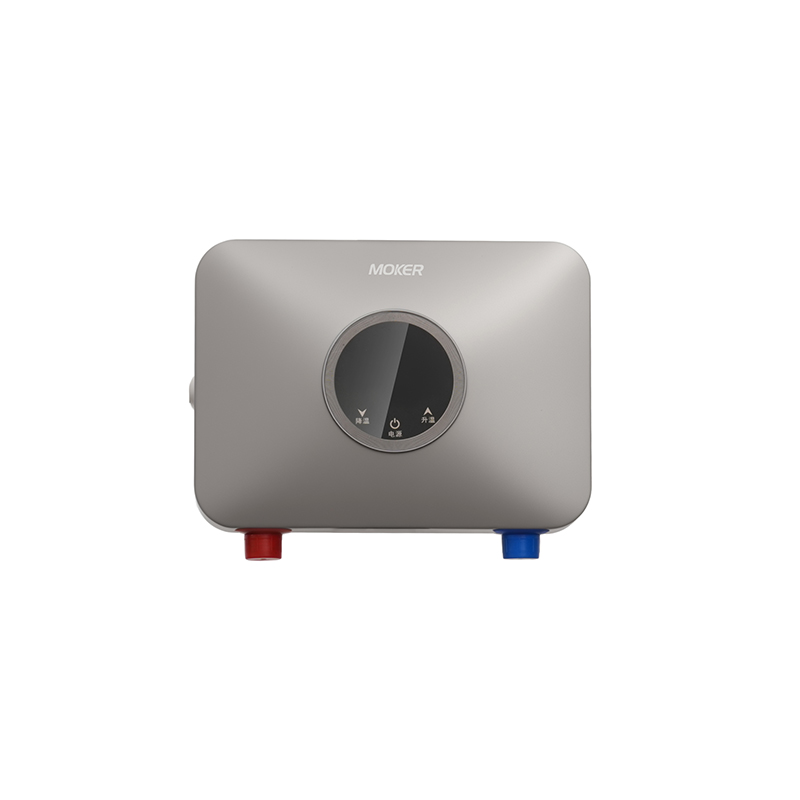Start-Up Response Speed of Different Water Heaters
Start-up response speed—defined as the time from triggering water flow to delivering stable hot water—directly impacts user experience of water heater. Slow response causes cold water “dead time” that wastes water and delays tasks, while fast response ensures immediate comfort. Electric water heater, Tankless Water Heater, Instant water heater, electric tankless water heater, and instantaneous water heater electric each have distinct response mechanisms shaped by their design.
Electric water heater has the slowest start-up response due to storage tank dynamics. Electric water heater preheats and stores water in a tank, but when faucets are opened, cold water first flows from pipes connecting Electric water heater to fixtures—this “pipe lag” creates 10–30 seconds of cold water before hot water arrives. The lag increases with longer pipe lengths: a bathroom 20 feet from Electric water heater may wait 25 seconds, while a kitchen 5 feet away waits 12 seconds. Once hot water reaches the fixture, Electric water heater’s response stabilizes, but the initial delay remains consistent unless paired with a recirculation pump (which cuts lag to 3–5 seconds by keeping hot water circulating in pipes).
Tankless Water Heater delivers faster response than storage models, with minor differences by fuel type. Gas-powered Tankless Water Heater activates in 3–7 seconds: when water flows, flow sensors trigger the gas burner to ignite, and heat exchangers warm water as it passes through. The short lag comes from burner ignition and heat exchanger warm-up—newer Tankless Water Heater models with “premix burners” reduce this to 2–4 seconds. Electric Tankless Water Heater responds slightly faster (2–5 seconds) because electric heating elements heat up instantly, eliminating burner ignition time. Both Tankless Water Heater types have no pipe lag if installed near fixtures, making Tankless Water Heater ideal for rooms far from storage units.
Instant water heater lives up to its name with near-instant start-up response. Instant water heater’s compact heating chamber (holding 0.5–1 gallon of water) and high-power elements (2–5 kW) heat water in 1–3 seconds. When water flows into Instant water heater, the element activates immediately, and the small water volume means hot water reaches the faucet in under 5 seconds—even with 3–4 feet of connecting pipe. The only delay comes from water traveling through the short pipe, not from heating: a kitchen sink with Instant water heater under it may get hot water in 2 seconds, while a bathroom vanity installation takes 4 seconds. Instant water heater’s response is consistent across uses, with no drop-off even during repeated short cycles (like handwashing).
Electric tankless water heater combines tankless design with electric speed for quick response. electric tankless water heater activates in 1.5–4 seconds: flow sensors detect water movement, and electric elements (modulated to match demand) reach operating temperature instantly. Unlike gas Tankless Water Heater, electric tankless water heater has no combustion delay—elements start heating as soon as sensors trigger. Pipe lag depends on installation distance: electric tankless water heater mounted next to a shower cuts lag to 2–3 seconds, while one installed 10 feet away adds 5–7 seconds. electric tankless water heater’s response stays fast even at low flow rates (0.5 GPM), making it suitable for tasks like slow handwashing.
instantaneous water heater electric offers the fastest start-up response for small-scale use. instantaneous water heater electric’s micro heating coil (0.1–0.2 inches in diameter) and tiny water passage (holding 0.1–0.3 gallons) heat water in 0.5–2 seconds. When a faucet connected to instantaneous water heater electric is turned on, the coil energizes immediately, and hot water exits the unit in under 1 second. With pipe lengths of 1–2 feet (typical for under-sink installation), instantaneous water heater electric delivers hot water to the faucet in 1–3 seconds—faster than any other water heater type. This speed makes instantaneous water heater electric perfect for tasks where even 2 seconds of cold water is unwanted, like facial cleansing or dish rinsing.
Response speed aligns with water heater design: instantaneous water heater electric is fastest, followed by Instant water heater and electric tankless water heater, then Tankless Water Heater, with Electric water heater being slowest. Choosing a water heater based on response speed ensures tasks like morning showers or quick dishwashing are efficient and comfortable, without wasting water or time waiting for hot water to arrive.





